Step into History: Exploring Rhuddlan Town Trail
Just three miles from the North Wales coast, Rhuddlan’s town trail is a delightful 2-mile (3.2 km) walking route that brings together history, architecture, nature, and poetic charm—all within a gentle stroll through time.
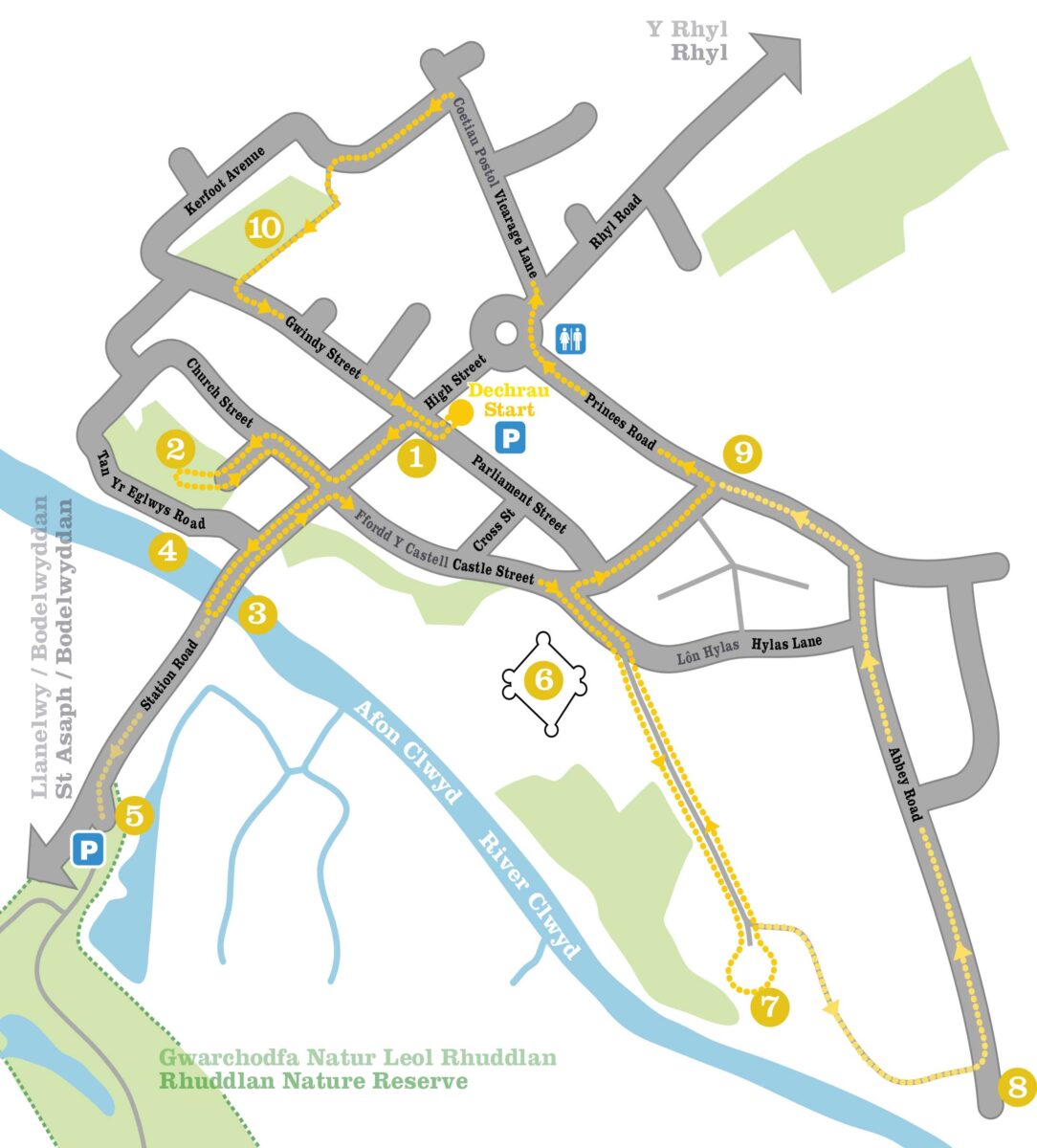
Rhuddlan may of once been a symbol of oppression but these days they are very proud of it castle. It still commands the town and river. Rhuddlan was central to the story of Wales- it was here in 1284 Edward I laid down the law for 250 years after defeating the Welsh and it was here that he presented his baby son as the first ‘Prince of Wales’.
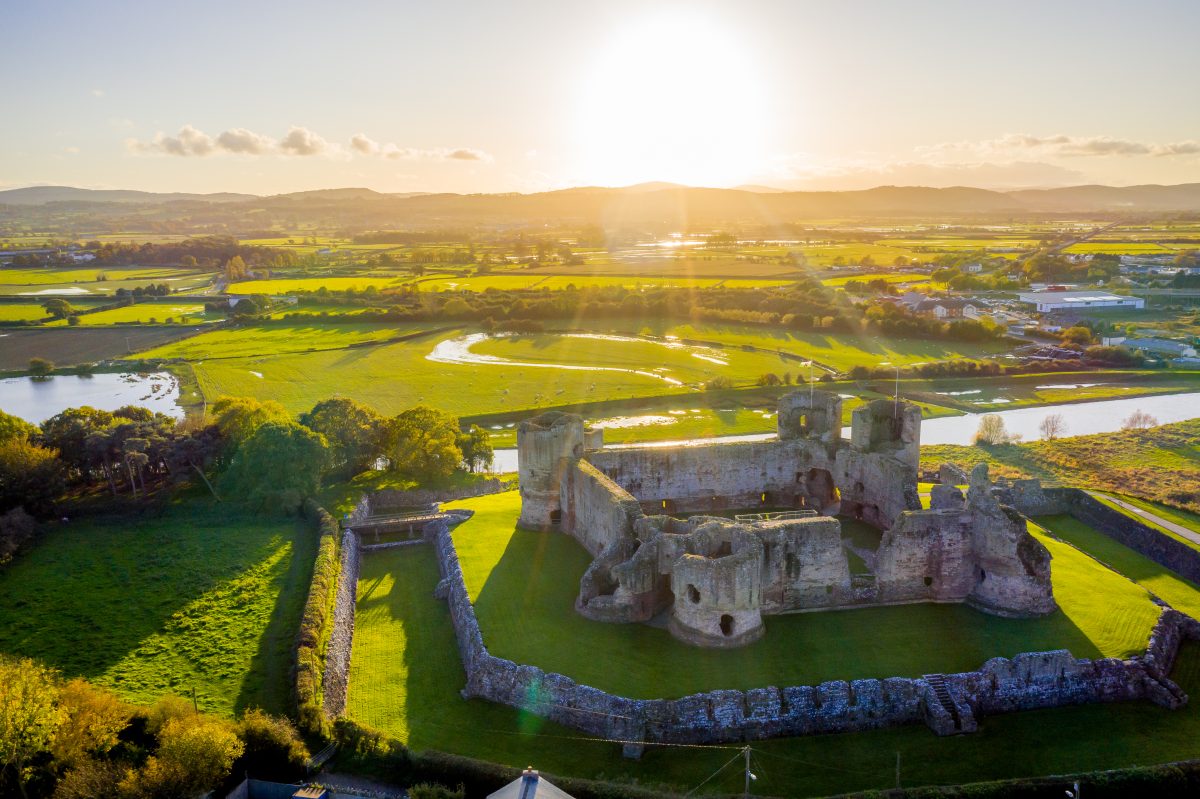
Highlights & Landmarks
- Parliament House
Kick off at the corner of High Street and Parliament Street. Despite its name, the building was likely a medieval courthouse, not an actual parliament house. Its blocked 13th-century doorway and 14th-century window probably traced back to Rhuddlan Castle. It’s historically remembered as the site where Edward I enacted the Statute of Rhuddlan in 1284, a law that shaped governance in North Wales until the 1536 Act of Union. - St Mary’s Church
A short walk through the Victorian lychgate brings you to this splendid double-naved church, built around 1300 and expanded over the following centuries. Inside, you’ll discover 17th-century Welsh texts painted on the walls and a rare engraved medieval slab of the Archbishop of Edessa. A fortified mausoleum from 1820 adds a Gothic twist to its architectural story. - The Bridge & River Clwyd
Turn downhill toward an iconic view immortalised by Turner—castle, church, and bridge in perfect harmony. The current sandstone bridge dates back to 1595, with a 19th-century iron addition. From here, you’ll enjoy sweeping views of the ancient quays along the riverbank. - Ancient Quays
Once the bustling heart of Rhuddlan’s port, the riverbank hosted a warehouse, crane, and stone wharf by the early 19th century. The port was a local trade hub for grain, timber, and lead until the railway arrived in 1848. - Rhuddlan Nature Reserve
A restorative detour leads to an 11-acre wildlife haven on the site of the old railway station—now home to kingfishers, otters, water voles, wildflower meadows, and charming sculptures. It’s also part of National Cycle Route 84 and fully wheelchair accessible. - Rhuddlan Castle
The grand finale: this impressive concentric fortress was built by Edward I between 1277–1282, designed by master mason James of Saint George. Featuring diamond-shaped baileys, moats, and multiple defensive walls, it formed part of Edward’s “iron ring” of castles. Its construction even involved diverting the River Clwyd! - Twthill Mound
A short, muddy climb up Twthill reveals the Norman motte-and-bailey fort built in the 11th century by Robert of Rhuddlan—predecessor to Edward’s mighty stone castle. The views are a lovely reward. - Friary at Abbey Farm & Banquet House
You can detour to discover a 13th-century Dominican priory site; remnants of its effigy are embedded in a barn wall. (The farm is private but you can clearly see the effigy from the lane.) A short distance away you can see the remains of the medieval ditch which protected the friary. - Banquet House-Head back into town via Abbey Road and you will come across the enigmatic Banquet House (circa 1672) no one really knows its original purpose it may have served as an almshouse. Its carved arch and mulled windows are a historical puzzle.
- Ditched Defences & Town Layout
Edward I planned Rhuddlan using a grid layout; remnants of its original defensive ditch still trace the town’s northern edge—a quiet echo of its fortified past. Whether the ditch would have been enough to make you feel safe from an army of rampaging Welshmen is another matter. A display board on Gwindy Street can tell you more.
Trail Essentials
- Length & Difficulty: About 2 miles; easy walking, though Twthill path can get muddy.
- Time: Plan up to 2 hours, more with detours and photo stops.
- Start Point: Parliament Street car park, postcode LL18 5AL. Local buses and rail connect via nearby Rhyl.
For a longer experience, embark on the Rhuddlan–Kinmel Bay circular walk: a flat and scenic 7.3-mile route along the Wales Coast Path, riverside lanes, and woodland that gives sweeping vistas toward Snowdonia.
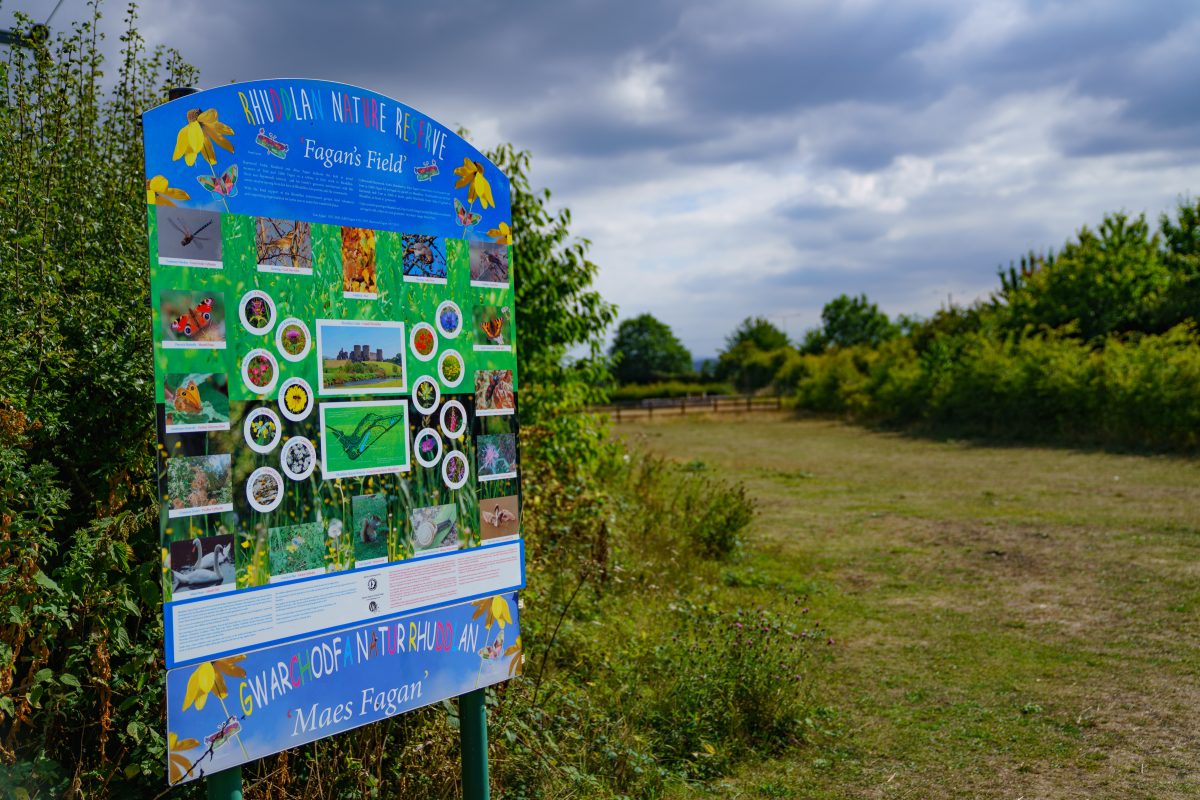
Nearby
Bodelwyddan Church- locally known as the Marble Church a masterpiece in Victorian Gothic Revival.
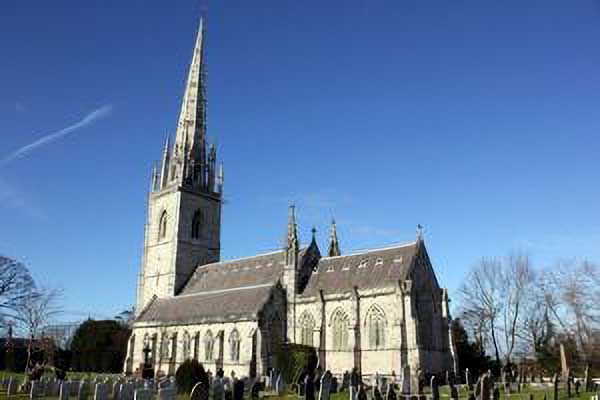
Prestatyn Hillside and the start of the Offa’s Dyke path
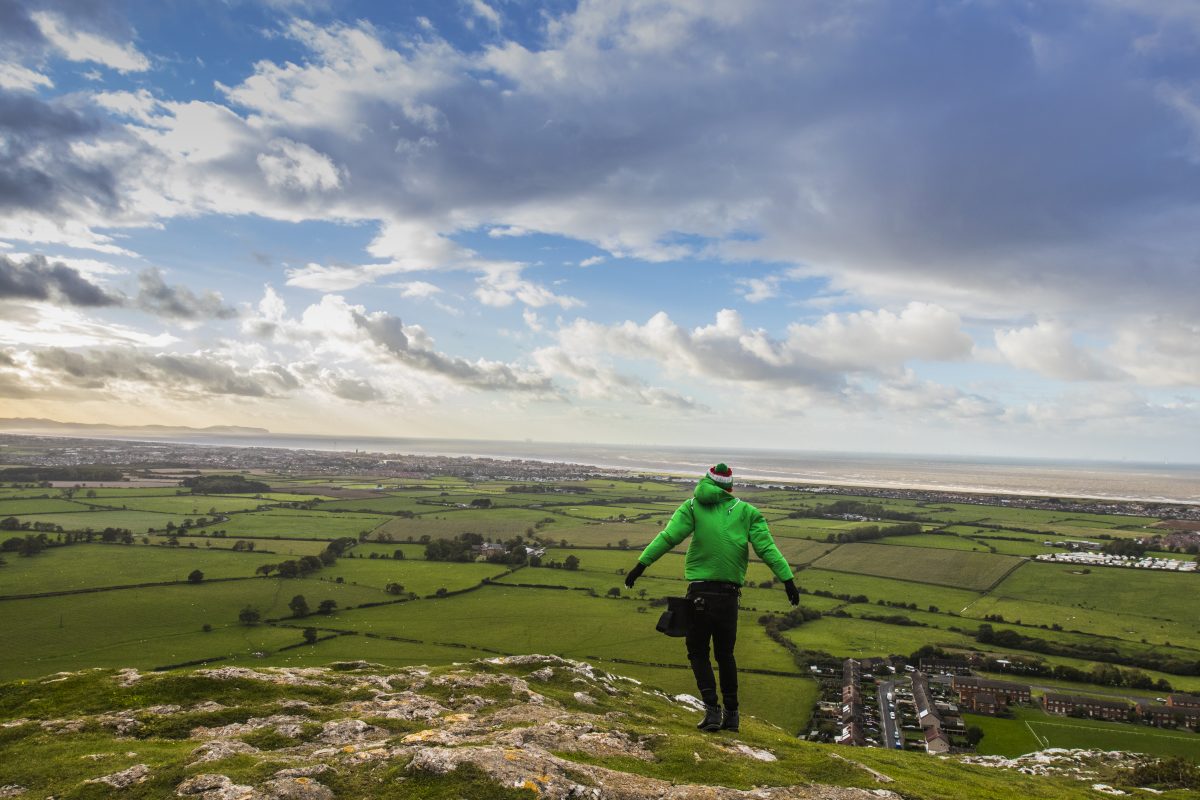
St Asaph Cathedral – Britain’s smallest cathedral but also home to the very first Welsh language bible. Where prayers have been offered daily for 1,450 years.
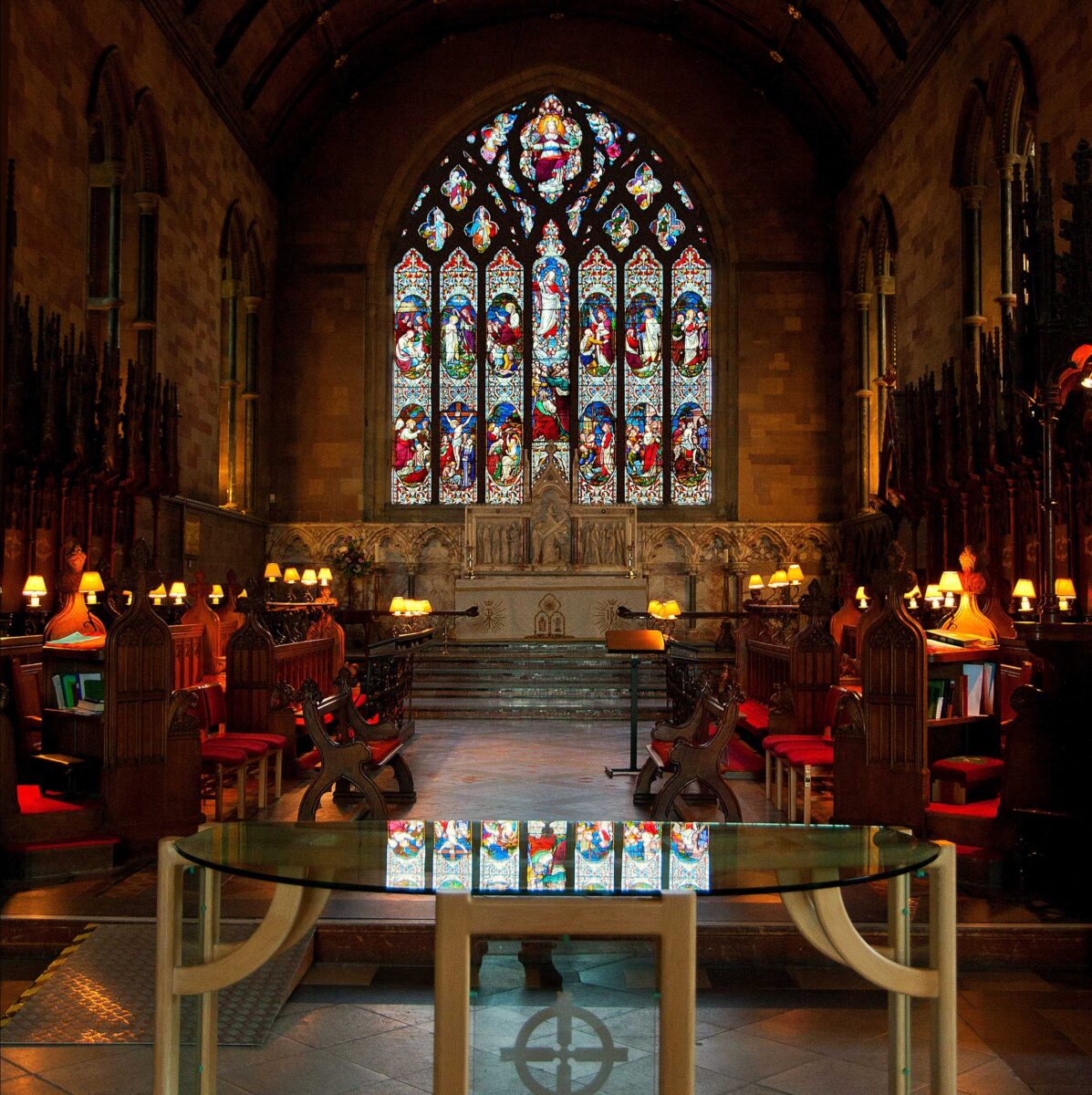
One of North Wales’ best kept secrets. A Grade 1 listed property, which has been home to Lord Langford and his family for over 500 years. With generations of heritage it provides an impressive facade, surrounded by expansive gardens, parkland, and woodlands. The family has an expansive collection, from North Wales to Ancient Egypt and beyond, the guided tours provide an immersive experience, unlocking the secrets of a rich past.
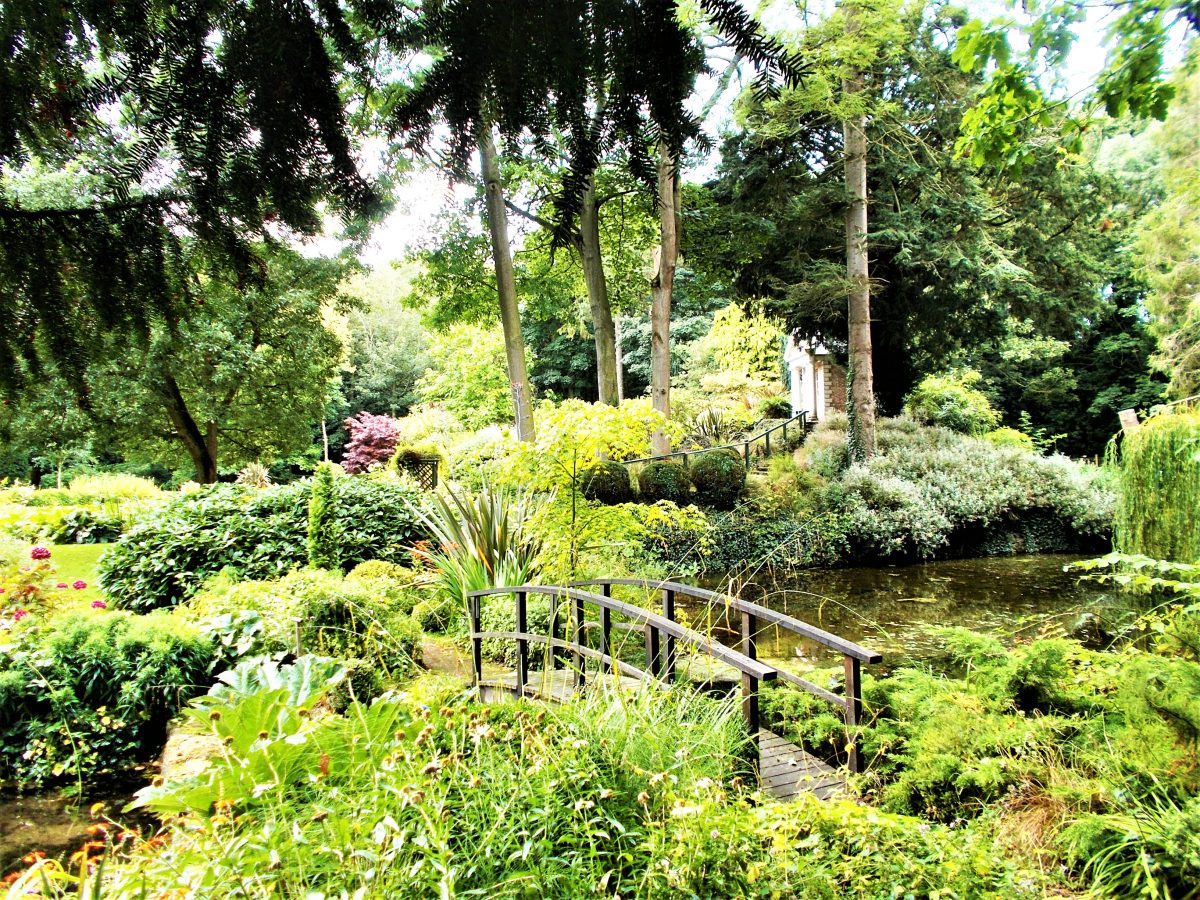
Why the Town Trail is Worth Your Time
- Rich history underfoot: Over 1,000 years of Welsh, Norman, and medieval history converge in a compact space.
- Stunning visuals: From quaint churchyards and historic bridges to the impressive castle gate—each snapshot is postcard-worthy.
- Accessible by all: Gentle paths, immersive nature, and heritage—all available even if you’re short on time or energy.
- Local charm: Friendly cafés and independent shops add warmth and character to the walk.
You can download a copy of the town trail here.
